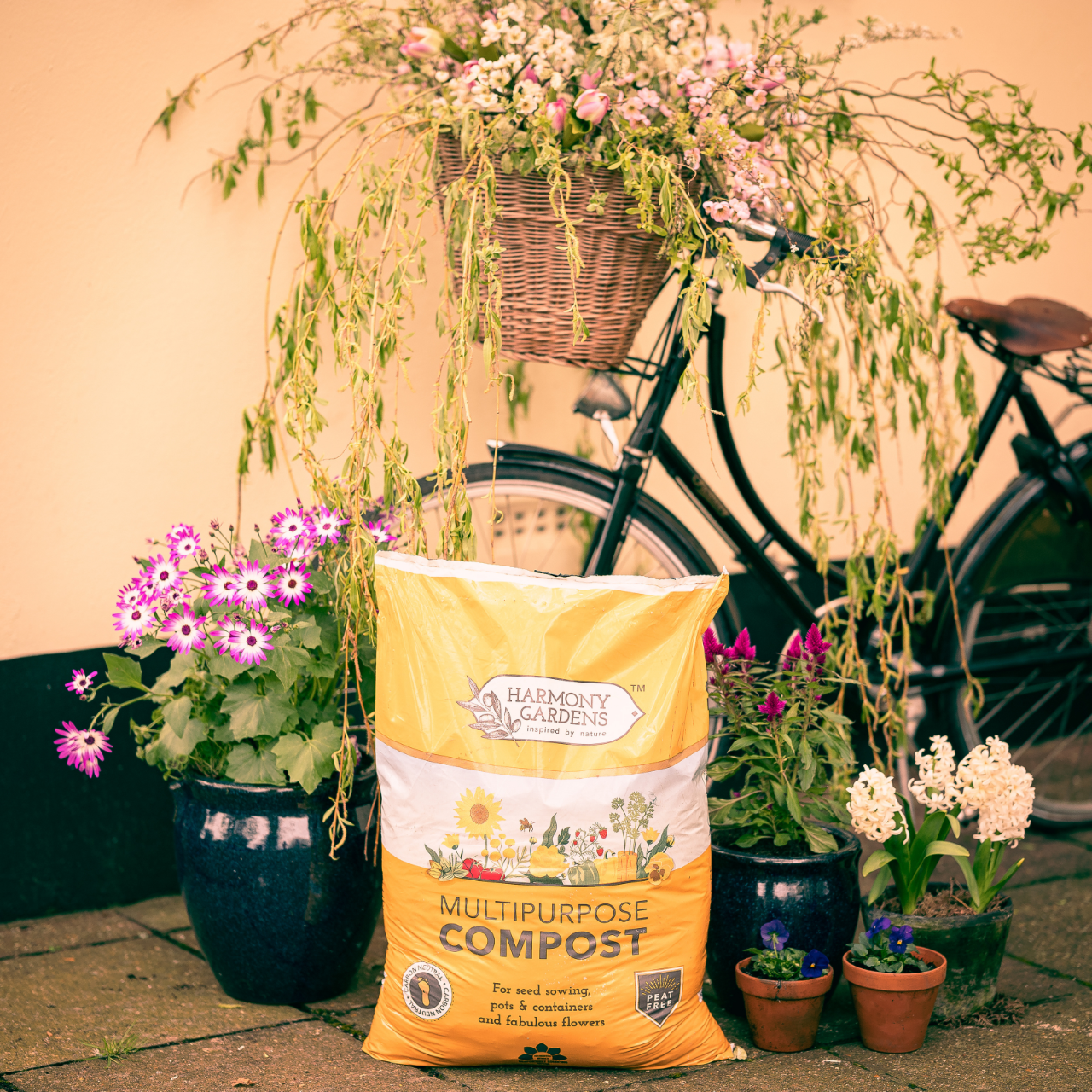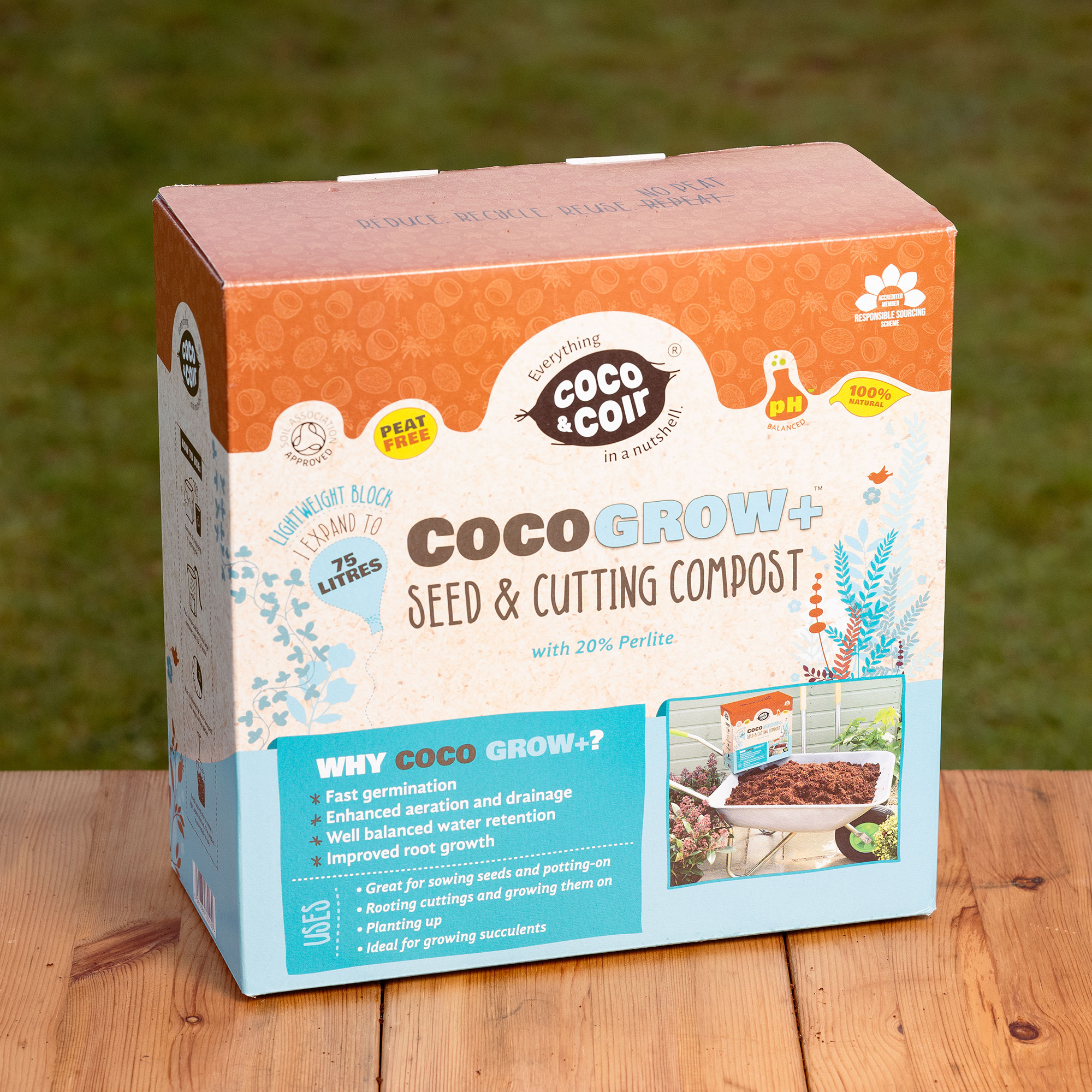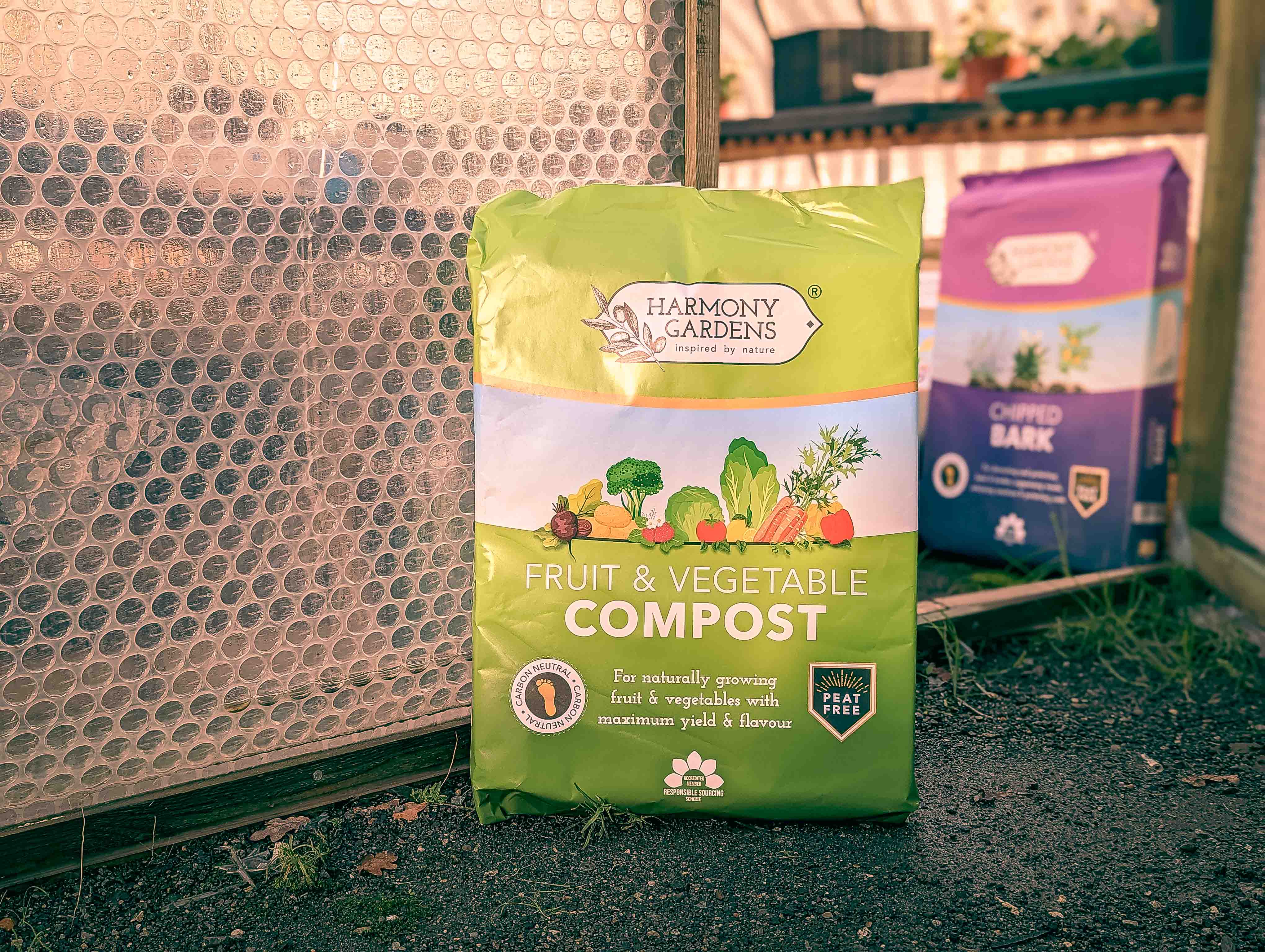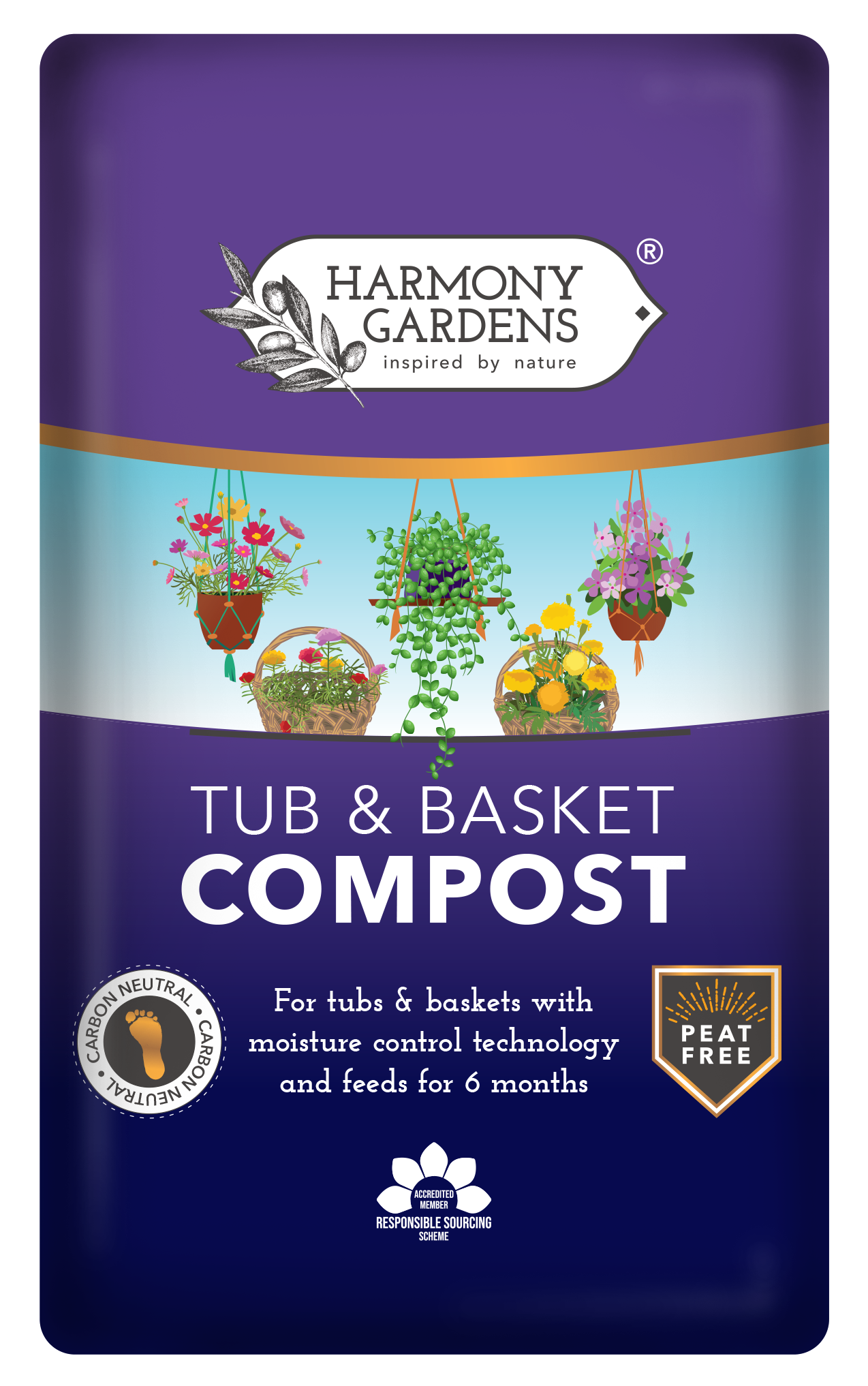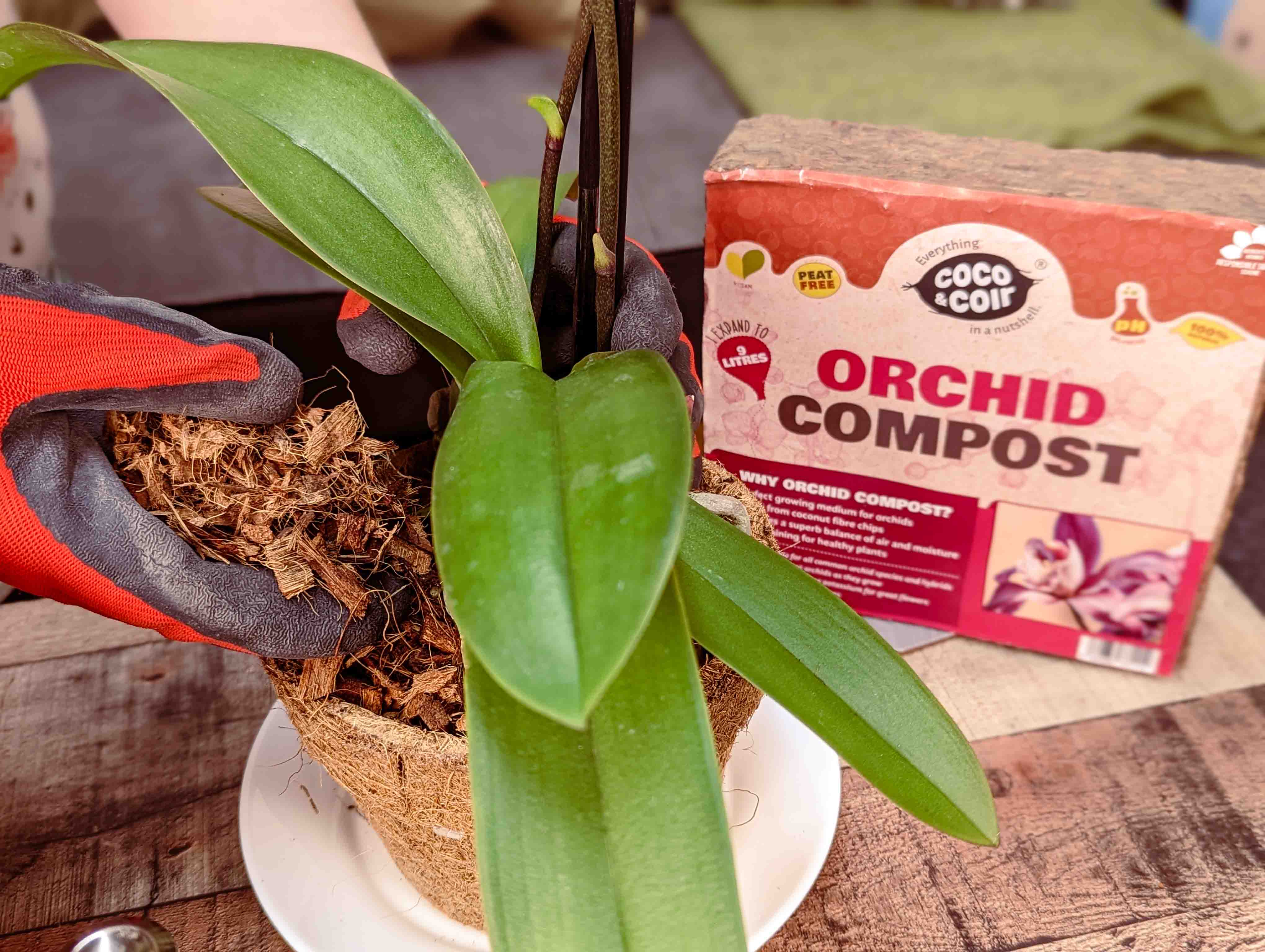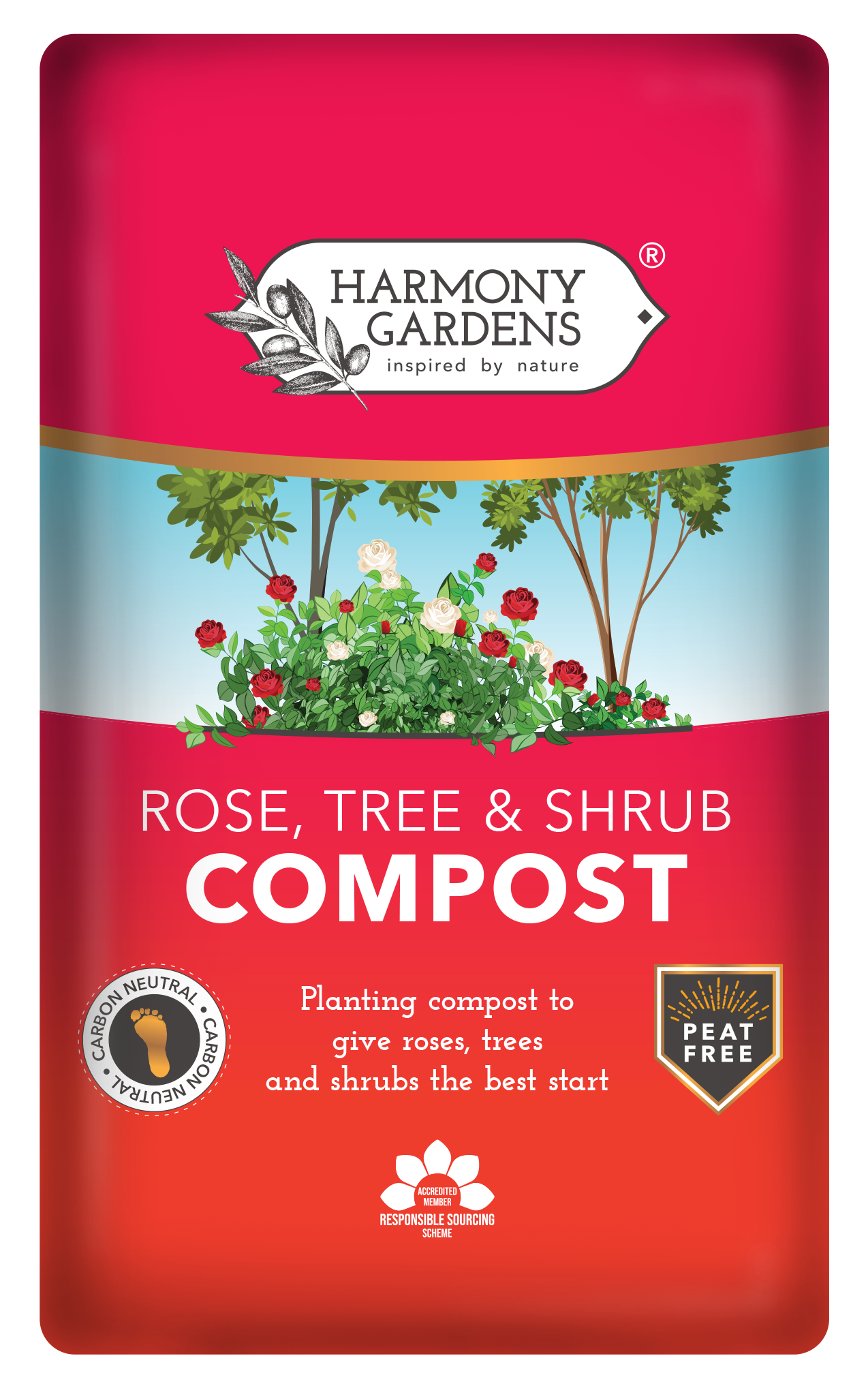Your Ultimate Guide to The Different Types of Compost
A Beginner’s Guide to Compost Types: Understanding Composition, Benefits, and Uses
Gardening has so many nuances that it will take years to master. One of them is choosing the right compost to suit unique plant requirements. There are so many options in the market today, and it can get overwhelming to pick one, but we believe if you understand the basics of composting, you can’t go too wrong.
So here is a comprehensive guide on the different types of composts available for your unique plant requirements— note those you need the most.
Multi-Purpose Compost
Composition:
Multi-purpose compost is a versatile blend made from various organic materials, wood fibres, green waste, composted bark and added nutrients. Brands have started selling peat-free versions as the UK is gradually moving towards more sustainable options.
If you’re new to gardening, this is a good starting point due to its versatility. However, it’s not tailored to specific plants, so you may need additional fertilisers for nutrient-heavy plants.
Benefits:
- It can be used across a wide range of gardening tasks.
- Suitable for both seeds and established plants.
- Improves root growth and plant vigour.
- Aids the growth of fuller fruits and vegetables
Uses:
- Ideal for seed sowing, potting, and container gardening.
- Works well as a top dressing for outdoor plants or filling raised beds.
- Suitable for all plant types but especially useful for flowers, herbs, and vegetables.
Seed Starting Compost
Composition:
This compost is finely milled and low in nutrients. It is often made from loam, peat-free alternatives, sand, or perlite. Young seedlings and cuttings need a low-nutrient compost to prevent scorching delicate roots, but free-draining is required to avoid waterlogging. As seedlings grow, transplant them into a more nutrient-rich compost to support their continued development.
Benefits:
- Specifically designed for seedlings.
- Promotes healthy root development and easy germination.
- Lightweight and free-draining to prevent waterlogging.
Uses:
- It is ideal for sowing seeds indoors or in greenhouses.
- Used in seed trays or pots to ensure a fine texture and minimal nutrient content.
Organic Compost
Composition:
Organic compost is made from plant and animal-derived materials such as green waste, manure, and food scraps. It avoids synthetic additives, making it a natural choice for eco-conscious gardeners.
Benefits:
- Free from synthetic chemicals, making it ideal for organic gardening.
- Encourages microbial activity in the soil, improving its fertility.
- Boosts moisture retention and aeration in the soil.
Uses:
- Best for vegetable gardens and organic food production.
- Excellent for enriching garden beds and borders.
- Suitable for a variety of plants, especially fruits, vegetables, and herbs.
Organic compost is a living medium teeming with beneficial microbes that help plants access nutrients in the soil. This makes it a dynamic solution for improving soil health over time.
Green Waste Compost
Composition:
Green waste compost is created from decomposed garden waste (grass clippings, leaves, and pruned branches). Local councils and commercial composting facilities produce it.
Benefits:
- Helps to reduce landfill waste.
- High in organic matter, improving soil structure.
- Affordable and often available for free or at a low cost from local recycling centres.
Uses:
- Great for mulching and improving soil in borders and flower beds.
- Best used as a soil conditioner rather than for seed sowing or delicate plants.
- It can be spread over the lawn or dug into vegetable plots.
Mushroom Compost
Composition:
Mushroom compost is a by-product of mushroom farming. It consists of straw, horse manure, and other organic matter, which is steam-treated to kill pathogens before mushrooms are grown. Mushroom compost is alkaline, so it’s not suitable for acid-loving plants like azaleas or blueberries. Use it sparingly in areas requiring a neutral or acidic soil pH level.
Benefits:
- High in organic matter, enriching the soil.
- It helps improve moisture retention and drainage.
- Encourages earthworm activity, which naturally aerates the soil.
Uses:
- It is ideal for improving the quality of heavy soils, such as clay.
- Suitable for enriching vegetable beds and perennial flower borders.
- It can be used as mulch to retain moisture and suppress weeds.
Leaf Mould
Composition:
Leaf mould is a slow-decomposing material made from fallen leaves. It contains little nutrients but excels as a soil conditioner. Leaf mould takes about two years to decompose fully. However, it’s worth the wait as it creates a rich, crumbly texture perfect for improving soil structure.
Benefits:
- Lightens heavy clay soils and improves their drainage.
- It helps retain moisture in sandy soils.
- Rich in beneficial fungi that break down organic materials.
Uses:
- Great for mulching around trees and shrubs.
- It can be added to the soil to improve its structure without altering the nutrient balance.
- It is ideal for woodland gardens or use in areas where minimal nutrients are needed.
Manure-Based Compost
Composition:
Manure compost is made from well-rotted animal manure (typically cow, horse, or chicken) mixed with straw and bedding materials.
Avoid using fresh manure, as it is high in nitrogen and will burn the plants. Always use well-composted manure to avoid harming your plants.
Benefits:
- Extremely nutrient-rich, making it excellent for boosting soil fertility.
- It improves soil structure and holds moisture.
- It provides a balance of nitrogen, phosphorus, and potassium.
Uses:
- It is best used in vegetable gardens to improve soil fertility.
- Ideal for roses and heavy-feeding plants.
- Works well as a mulch or soil conditioner.
Choosing the Right Compost for Specific Plants and Plant Concerns
Different plants have specific needs, from their preferred nutrient levels to the soil pH they thrive in. Additionally, particular plant concerns, such as poor drainage, nutrient deficiencies, or moisture retention, can often be addressed by choosing the appropriate compost.
Acid-Loving Plants
Examples: Rhododendrons, Azaleas, Blueberries, Camellias, Heathers
Compost Type: Ericaceous Compost
Why: These plants prefer acidic soil with a pH below 6. When grown in alkaline conditions, ericaceous compost is formulated to provide the right acidity and prevent nutrient deficiencies.
Always water acid-loving plants with rainwater instead of tap water, as tap water can raise the soil’s pH over time.
Vegetables and Fruits
Examples: Tomatoes, Carrots, Potatoes, Cucumbers, Strawberries
Compost Type: Peat-free Compost or Manure-Based Compost
Why: Vegetables and fruiting plants are heavy feeders that require a compost rich in organic matter and nutrients to support vigorous growth. Peat-free compost provides a balanced blend of nutrients, while manure-based compost is high in nitrogen and phosphorus, promoting strong growth and abundant yields.
To prevent misshapen growth, ensure the compost is well-rotted and finely textured for root vegetables like carrots and potatoes.
Container Plants and Hanging Baskets
Examples: Geraniums, Petunias, Fuchsias, Herbs (Basil, Parsley)
Compost Type: Tub and Basket Compost
Why: Container plants require a compost that provides good drainage, moisture retention, and steady nutrients. Multi-purpose compost works well for general container gardening, but for long-term container plants, opt for container compost, which contains water-retaining agents and slow-release fertilisers.
Flowering Plants
Examples: Roses, Dahlias, Begonias, Lilies
Compost Type: Orchid Compost or Rose, Tree and Shrub Compost
Why: Flowering plants like roses require a nutrient-dense compost to encourage blooms. rose, tree and shrub compost is designed for mature plants and provides sustained nutrients, while orchid compost delivers a higher nitrogen and phosphorus content for strong flower production.
Shrubs and Trees
Examples: Maple trees, Boxwood, Lavender, Olive trees
Compost Type: Peat-Free Rose, Tree and Shrub Compost
Why: Shrubs and trees benefit from a compost that supports long-term growth and root development. peat-free tree and shrub compost is ideal for young shrubs and trees, providing a balanced nutrient profile.
Use a thicker compost to create a nutrient-rich mulch layer around the base for established trees and shrubs. This will help conserve moisture and gradually feed the plant.
Perennials and Bulbs
Examples: Daffodils, Tulips, Hostas, Peonies, Iris
Compost Type: Bulb Compost or Multi-Purpose Compost
Why: Bulbs and perennials need a well-draining compost that allows water to flow freely around their roots, preventing rot. Bulb compost is specially designed for this purpose, often containing added sand or grit for drainage.
If bulbs sit in soggy soil, they are prone to rot. Ensure your compost is well-draining, and mix in perlite or sand if necessary to promote aeration.
Succulents and Cacti
Examples: Aloe Vera, Echeveria, Jade Plant, Prickly Pear
Compost Type: Cactus and Succulent Compost
Why: Succulents and cacti thrive in sandy, free-draining soils. Cactus and succulent compost contain a high proportion of sand, grit, or perlite, ensuring excellent drainage and preventing the roots from sitting in water, which could cause rot.
If using regular compost, mix in additional sand or grit to improve drainage. Succulents are drought-tolerant, so avoid using composts that retain too much moisture.
Lawns
Compost Type: Lawn Dressing Compost or Green Waste Compost
Why: Lawns benefit from organic matter that helps improve soil structure and moisture retention. Lawn dressing compost is a finely milled blend that can be spread thinly over the lawn to encourage healthy grass growth. Green waste compost, often available through local councils, is an affordable option for improving large lawn areas.
If your lawn is waterlogged, aerate the soil and apply a light layer of sand or grit combined with compost to improve drainage.
Clay Soils
Concern: Heavy and Poor Drainage
Compost Type: Leaf Mould or Mushroom Compost
Why: Clay soils are often dense and compacted, making it difficult for water to drain and roots to penetrate. Adding organic matter like leaf mould or mushroom compost helps to break up the clay, improve aeration, and promote better drainage.
In autumn, spread a 5-7cm layer of leaf mould or mushroom compost over your garden beds and work it into the soil. This will improve soil structure over time.
Sandy Soils
Concern: Lack of Moisture Retention
Compost Type: Peat-Free Compost
Why: Sandy soils drain too quickly and struggle to hold onto nutrients. Peat-free composts, made with coir or wood fibre, are excellent for retaining moisture, while organic compost adds the nutrients needed to support plant growth.
Mix plenty of compost into sandy soils before planting. A top dressing of organic mulch can also help retain moistureduring the growing season.
Choosing the Right Compost: Final Tips for Gardeners
- Consider the Plant: Every plant has unique requirements. For acid-loving plants, choose ericaceous compost. For vegetables, opt for nutrient-rich organic or manure-based compost.
- Mind the Climate: In wetter areas, you may want composts that improve drainage, like leaf mould or mushroom compost. Look for composts that retain moisture well in dry areas, like peat-free or green waste compost.
- Think Sustainability: The UK is moving towards peat-free compost, which is better for the environment. Always consider more eco-friendly options where possible.
- Experiment: No two gardens are the same. Test out different composts and see how your plants respond. Over time, you’ll better understand what works best for your garden.
Armed with an understanding of these compost types and their distinct qualities, you can now confidently select the right one for your garden. Whether planting seeds, enriching your soil, or managing containers, the right compost will make a noticeable difference in your garden’s growth and health. Happy gardening!


